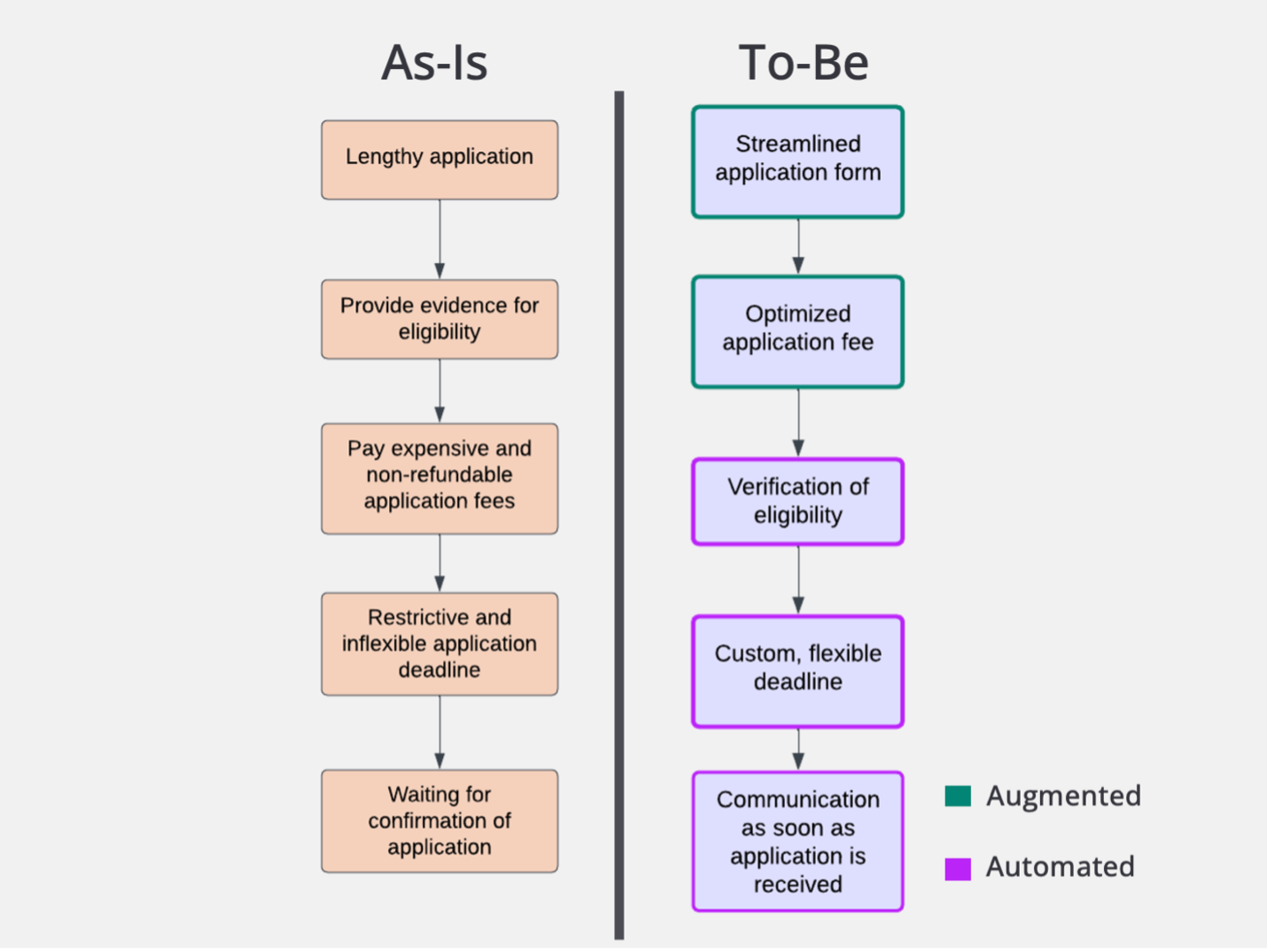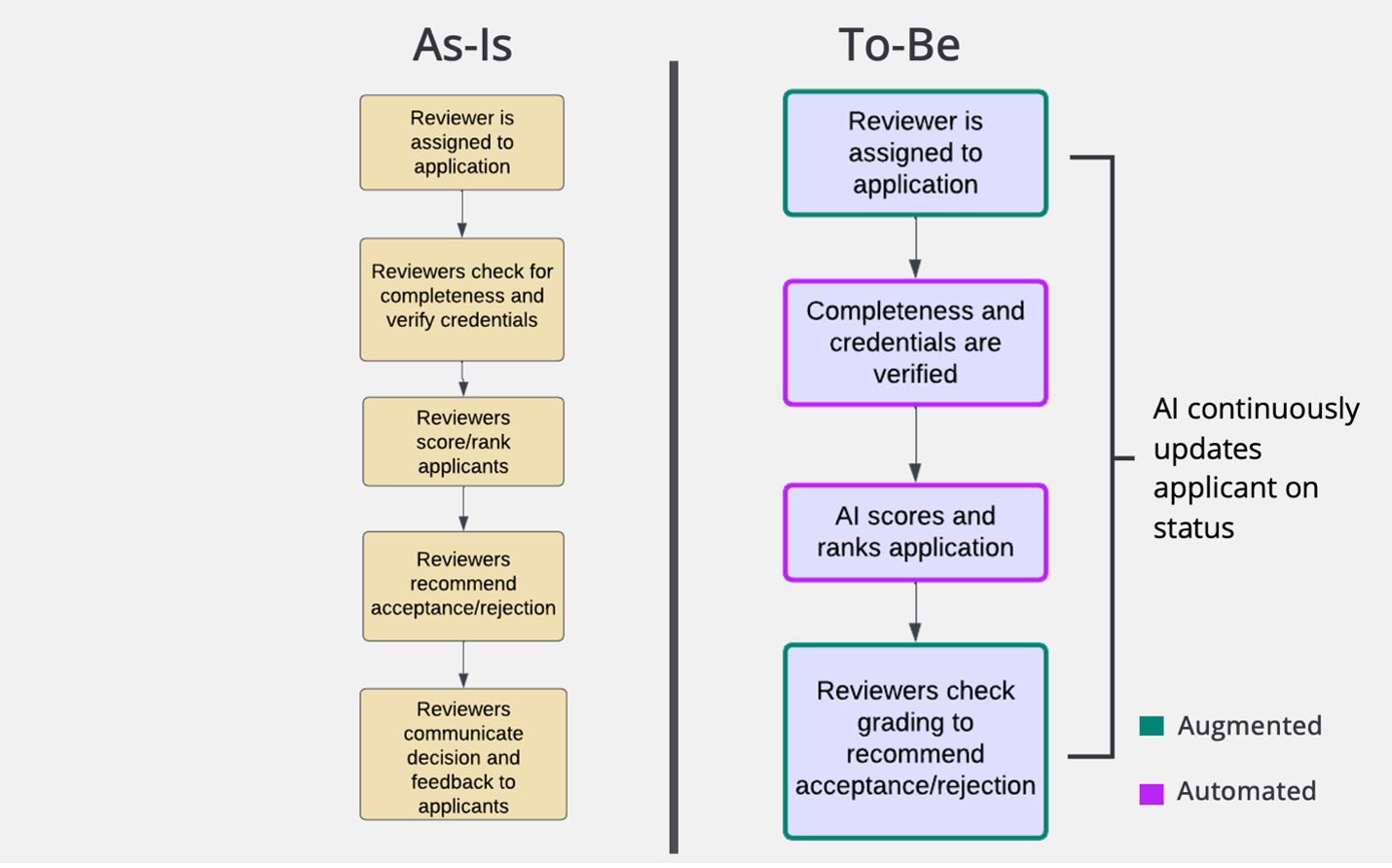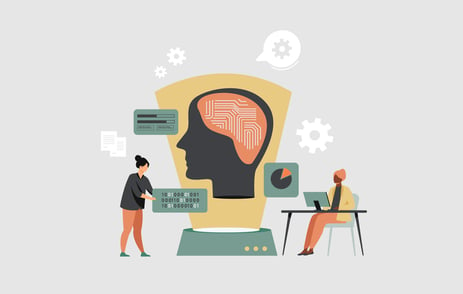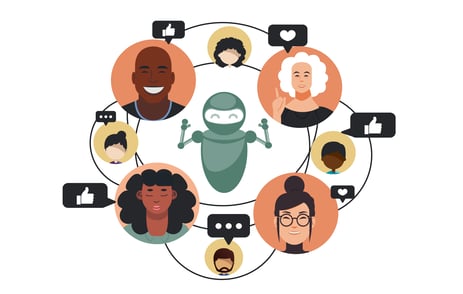Certification is a process that validates the competence and credibility of professionals in various fields and industries. It usually involves meeting certain educational, experiential, and ethical requirements, as well as passing an examination or assessment. Certification can enhance the career prospects, reputation, and marketability of professionals, as well as ensure the quality and standards of their services.
However, certification processes can also be complex, time-consuming, and costly, both for the applicants and the certifying bodies. Many certification processes rely on manual tasks, such as reviewing applications, verifying credentials, evaluating portfolios, conducting interviews, and issuing certificates. These tasks can create bottlenecks, errors, inconsistencies, and delays, as well as consume a lot of human resources and administrative costs. Moreover, certification processes often need to be updated and maintained to reflect the changing needs and expectations of the profession and the society.
In this series, we will discuss the opportunity for AI augmentation throughout the certification process. AI augmentation is the use of artificial intelligence (AI) to enhance and complement human capabilities, rather than replace them. AI augmentation can help automate, streamline, and optimize many aspects of certification processes, such as data collection, validation, analysis, decision making, and communication. AI augmentation can also enable more personalized, adaptive, and flexible certification pathways, as well as more effective and efficient management of continuing education and recertification requirements.
The Certification Sub-Processes
The certification process generally includes six sub-processes with stages of their own. We will identify opportunities for AI augmentation within each of the following stages of the certification process:
- Application
- Review
- Requirements validation
- Committee review and approval
- Continuing education
- Recertification
In this article, we will discuss the as-is and to-be application and review processes to highlight AI’s potential to streamline these two stages.
The Application Process
The application process is the first step in the certification journey, where the applicants submit their personal and professional information, along with the required documents and fees, to the certifying body. The application process can vary depending on the type, level, and scope of the certification, as well as the policies and procedures of the certifying body. However, some common steps and challenges are:
- Online or paper-based application form; can be lengthy, complex, and unclear.
- Evidence of eligibility, such as education certificates, licenses, work experience, reference letters, etc.
- Application fee payment; can be expensive and non-refundable. Application deadline, which can be inflexible and restrictive.
- Wait time for confirmation of application; can be long and lack transparency.
The application process can be improved by:
- Using AI to simplify and streamline the application form
- Applications:
- Using natural language processing (LLMs) to generate questions and answers.
- Using computer vision to scan and extract information from documents.
- Applications:
- Using AI to verify and validate the eligibility of the applicants.
- Applications:
- Using machine learning (ML) to match the credentials with the requirements.
- Using blockchain to ensure the authenticity and security of the documents.
- Applications:
- Using AI to reduce and optimize the application fee.
- Applications:
- Using ML to analyze the cost and value of the certification.
- Using smart contracts to automate the payment and refund processes.
- Applications:
- Using AI to extend and customize the application deadline.
- Applications:
- Using ML to predict the demand and supply of the certification.
- Using recommender systems to suggest the best time and mode of application.
- Applications:
- Using AI to enhance and update the communication and feedback of the application.
- Applications:
- Using LLMs to generate and send notifications and reminders.
- Using chatbots to answer queries and provide guidance.
- Applications:

Preliminary Review
The preliminary review process is the second step in the certification journey, where the certifying body evaluates the application and the eligibility of the applicants, and decides whether to accept or reject them. The review process can also vary depending on the type, level, and scope of the certification, as well as the policies and procedures of the certifying body. However, some common steps and challenges are:
- Assignment of a reviewer or team; can be staff, volunteers, or external experts.
- Review of application completeness, accuracy, and verification of credentials.
- Scoring and ranking of applicants; can be subjective, inconsistent, and biased.
- Recommendation for acceptance or rejection; includes feedback and justification.
- Communication of decision and feedback to applicants; options to appeal or reapply if dissatisfied.
The preliminary review process can be improved by:
- Using AI to automate and standardize the review process.
- Applications:
- Using ML to classify and prioritize the applications.
- Using LLMs to generate and validate the scores and feedback.
- Applications:
- Using AI to augment and support the reviewers.
- Applications:
- Using ML to provide suggestions and recommendations.
- Using LLMs to summarize and highlight the key information and issues.
- Applications:
- Using AI to monitor and improve the quality and fairness of the review process.
- Applications:
- Using ML to detect and correct errors, anomalies, and biases.
- Using LLMs to generate and explain the rationale and evidence for the decision.
- Applications:
- Using AI to facilitate and enhance the communication and interaction of the review process.
- Applications:
- Using LLMs to generate and send personalized and timely messages.
- Using chatbots to handle appeals and reapplications.
- Applications:

Impact of AI on Stage 1 & 2 of the Certification Process
The overall impact of AI on the application and preliminary review processes is tremendous. Both processes are accelerated through quick data analyzation capabilities that reduce time and effort for both applicants and the certifying body. AI augmentation also increases the accuracy, validity, and fairness in evaluating information by minimizing human error and biases. For applicants, the AI-enabled process increases flexibility and convenience in choosing the time and mode of application and providing real-time updates during the review process. AI systems are also scalable meaning they can process a larger quantity of applications than humans alone. Lastly, AI improves transparency and communication along the application and review processes which allows for better tracking and documentation of submissions.
Learn How to Elevate Your Processes with AI
There’s no denying AI’s impact on the application and review processes. On the side of the applicant, AI augmentation creates greater transparency, flexibility, and accessibility. For the certifying body, utilizing AI within the application and review processes results in greater efficiency, fairness, accuracy, and scalability. Stay tuned for parts two and three of this series where we discuss the transformative potential of AI on the requirements validation, committee review, continuing education, and recertification processes!
If your organization is not taking advantage of the growing power of AI, now is the time to start. Check out Sidecar’s AI Learning Hub for Teams for an opportunity to grow your entire team’s AI knowledge and application within your organization.

March 25, 2024



